Accused witches
Giles Corey
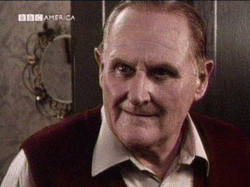
Giles Corey is a strong old man and has only recently converted to Christianity. He's likeable, but is not too bright. His biggest bumble in the play is when brings up the fact that his wife reads strange books. To Giles, any book is strange and the idea of a woman wanting to read totally blows his mind. His mention of this fact leads to an accusation that his wife is a witch.
Giles feels terrible about this. He knows his wife is innocent and recognizes that his own actions have led to her incarceration and impending death. He attempts to defend his wife by going to the court and showing them proof that, in at least one case, the accusation is based on Thomas Putnam’s greed for a neighbor’s bit of land. This backfires and he is condemned himself.
Giles feels terrible about this. He knows his wife is innocent and recognizes that his own actions have led to her incarceration and impending death. He attempts to defend his wife by going to the court and showing them proof that, in at least one case, the accusation is based on Thomas Putnam’s greed for a neighbor’s bit of land. This backfires and he is condemned himself.
Sarah Good
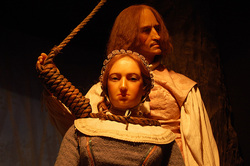
Good was among the first three women accused of witchcraft in 1692 and was the first to testify. She never confessed guilt, but, like Tituba, she did accuse Sarah Osburne, an act that was credited with validating the witchcraft trials and accusations. Good was hanged as a witch on Tuesday July 19, 1692
John Proctor
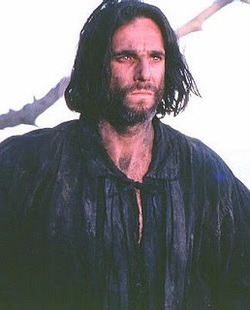
A local farmer who lives just outside town; Elizabeth Proctor’s husband. A stern, harsh-tongued man, John hates hypocrisy. Nevertheless, he has a hidden sin—his affair with Abigail Williams—that proves his downfall. When the hysteria begins, he hesitates to expose Abigail as a fraud because he worries that his secret will be revealed and his good name ruined.
Rebecca Nurse
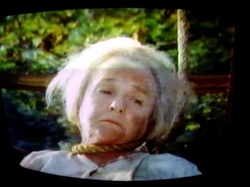
Rebecca Nurse was accused of, convicted of and executed for witchcraft in the Salem Witch Trials of 1692. Her family had been involved in disputes with the powerful Putnam family. Two of her sisters were also accused in the hysteria at Salem.
Arrest Warrant
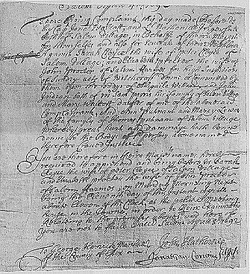
Paragraph.
